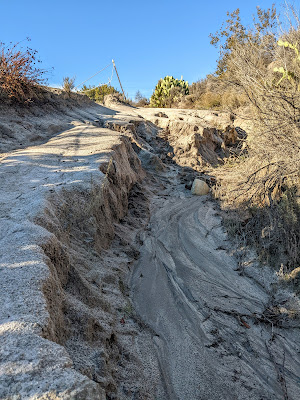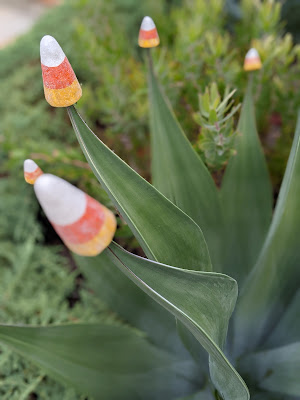Shutter, and Other New Mexican Things
Ramona Emerson presented the keynote address at The Southern California Writers' Conference in September. This was hours after her debut novel, Shutter, was nominated for a National Book Award. Of course I loved hearing about her writing process and publishing process, but what drew me in most were her stories about New Mexico, where she's from.
I lived in New Mexico for ten years and know the places Emerson mentioned in her speech, and especially know the Albuquerque landmarks and streets described in her book. She writes about the neighborhood where I ran my first race, and another one where I trained for it. New Mexico was good to me. Years later, I'm still hit with a pang of nostalgia when I see a NM license plate, or the Zia on one of my go-to kitchen towels.
Because of the taboos surrounding death in Navajo culture, writing this book was a challenge for Emerson, who's Diné. She was terrified of offending or frightening her people. But, when the book was published, a friend and Navajo scholar insisted Emerson do her part to dismantle the death taboo. The fear, the scholar said, was not part of true Navajo culture, but a recent adoption as a response to a flu epidemic. The friend packed up Emerson, a pile of books, and took them to a swap meet in Gallup filled with Navajos. They sold out promptly. The reviews were good.
*Spoilers Follow*
Shutter has a crime thriller skeleton. The chronology, plot, and style all follow the rules of the genre. But a gorgeous ghost story is laid atop it, or perhaps below it. The backstory is poetic, complicated, layered, and not only literally haunting.
The book introduces Navajo forensic photographer, Rita Todacheene, in a crime scene. Detailed, gory viscera ground the opening scene in the physical, so that when the victim's ghost appears on site it feels like magic realism.
Emerson does a fine job of conveying the spiritual confluence of New Mexico. In one scene, Rita's Navajo grandmother, her Navajo medicine man, her devout Catholic neighbor, her partying best friend, and their beautiful gay drinking buddy all join forces to save her from threats physical and spiritual. Artists and criminals, stunning natural beauty and intense grime, ancient cultures and new, the living and the dead, all convey Albuquerque in a way that feels real to me.
Though the book does, and perhaps must, fall into the predictability of a crime thriller at the end, the story is saved by the rich backstory of its protagonist and her city. The Sunshine Theater, Frontier Restaurant, the UNM campus, are all places where I might have walked past Ramona Emerson, both of us washed in the hard light of high desert winter.
I borrowed this book from my library via Libby. Read by Charley Flyte, the book is 8hours and 53 minutes.



Comments
Post a Comment